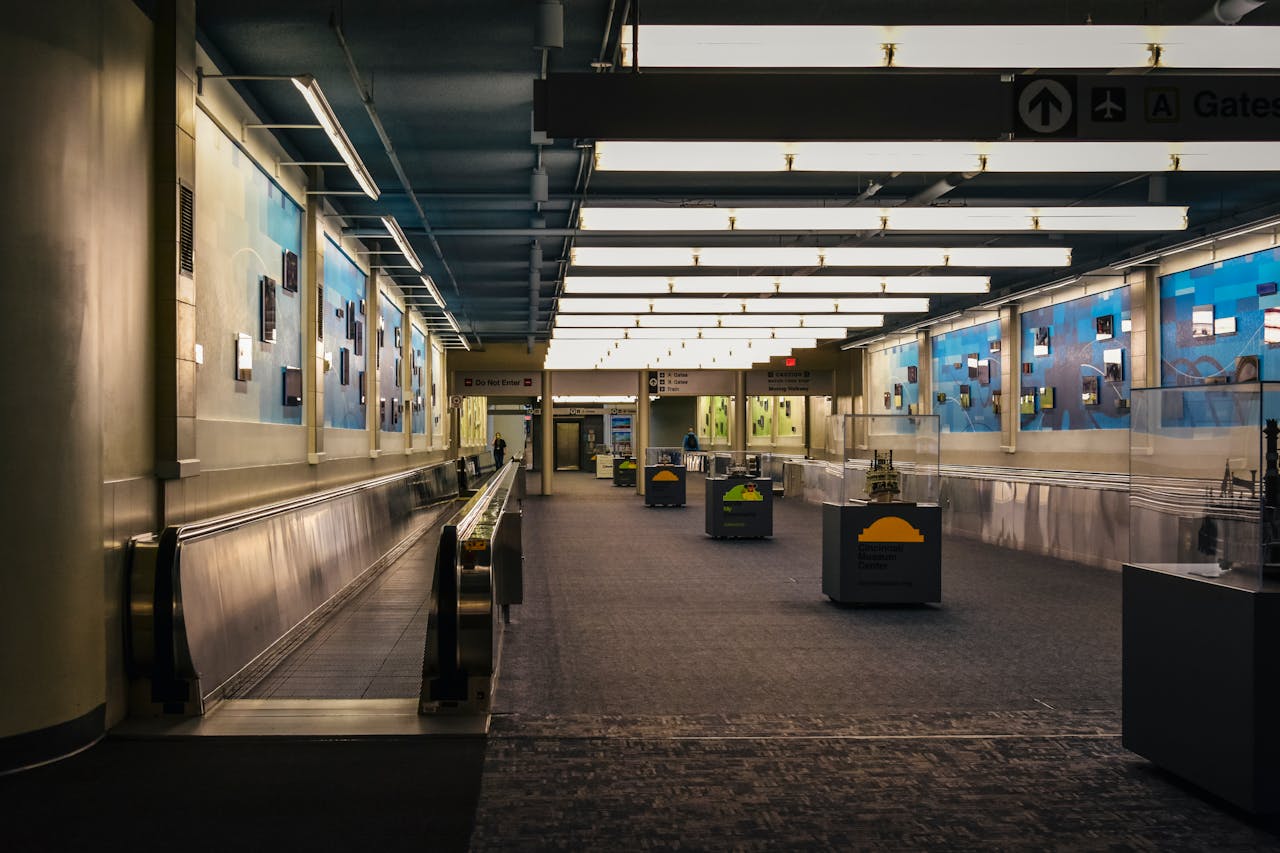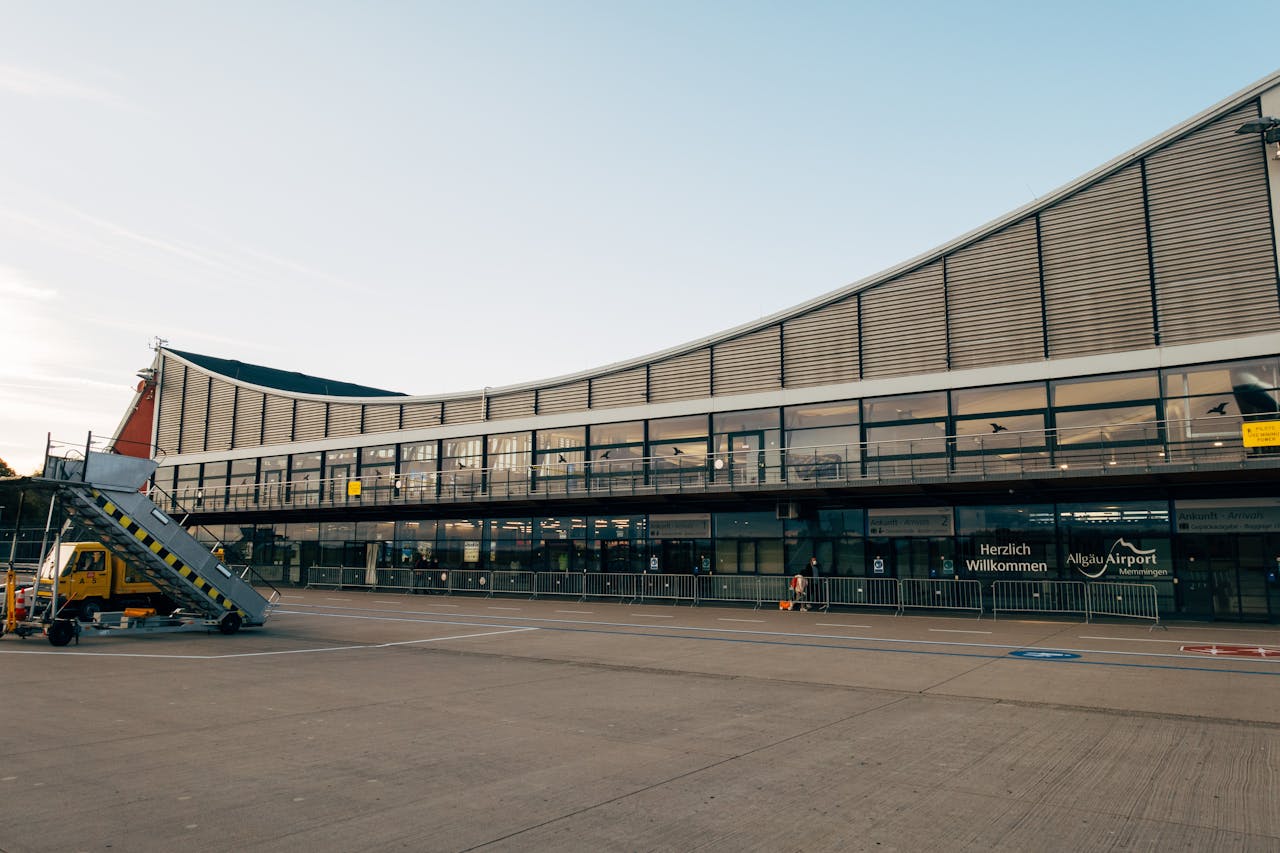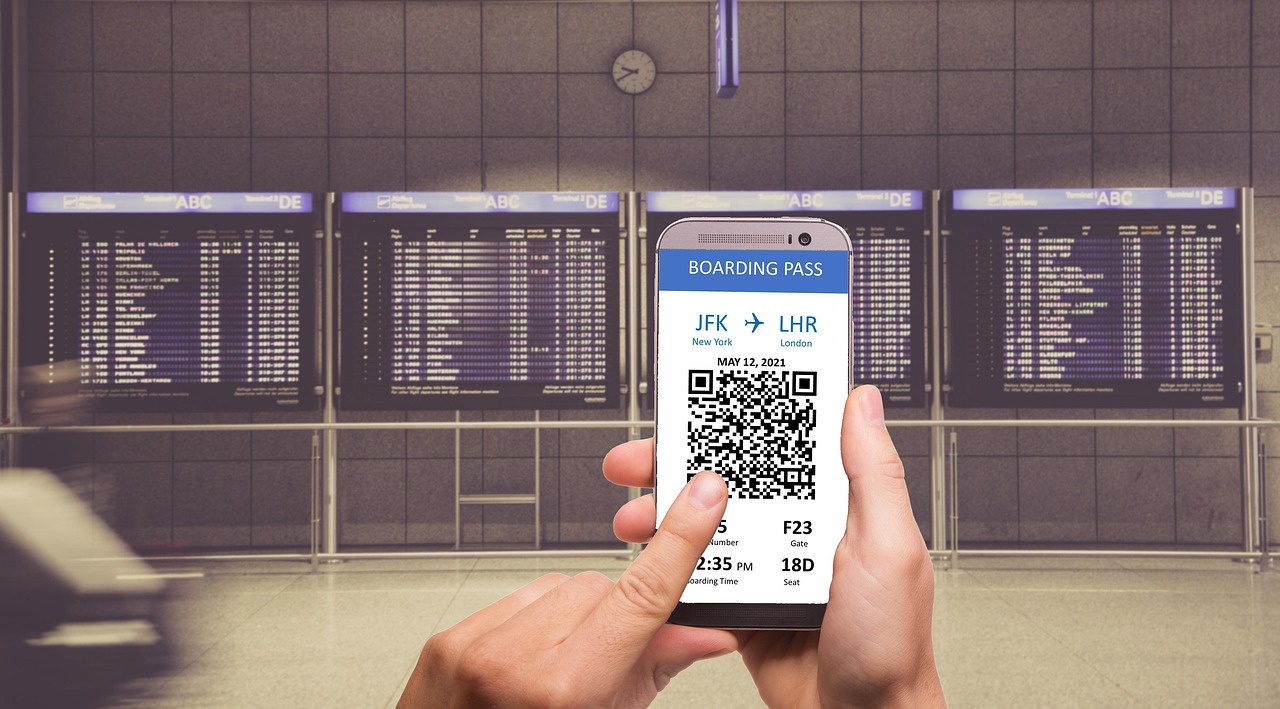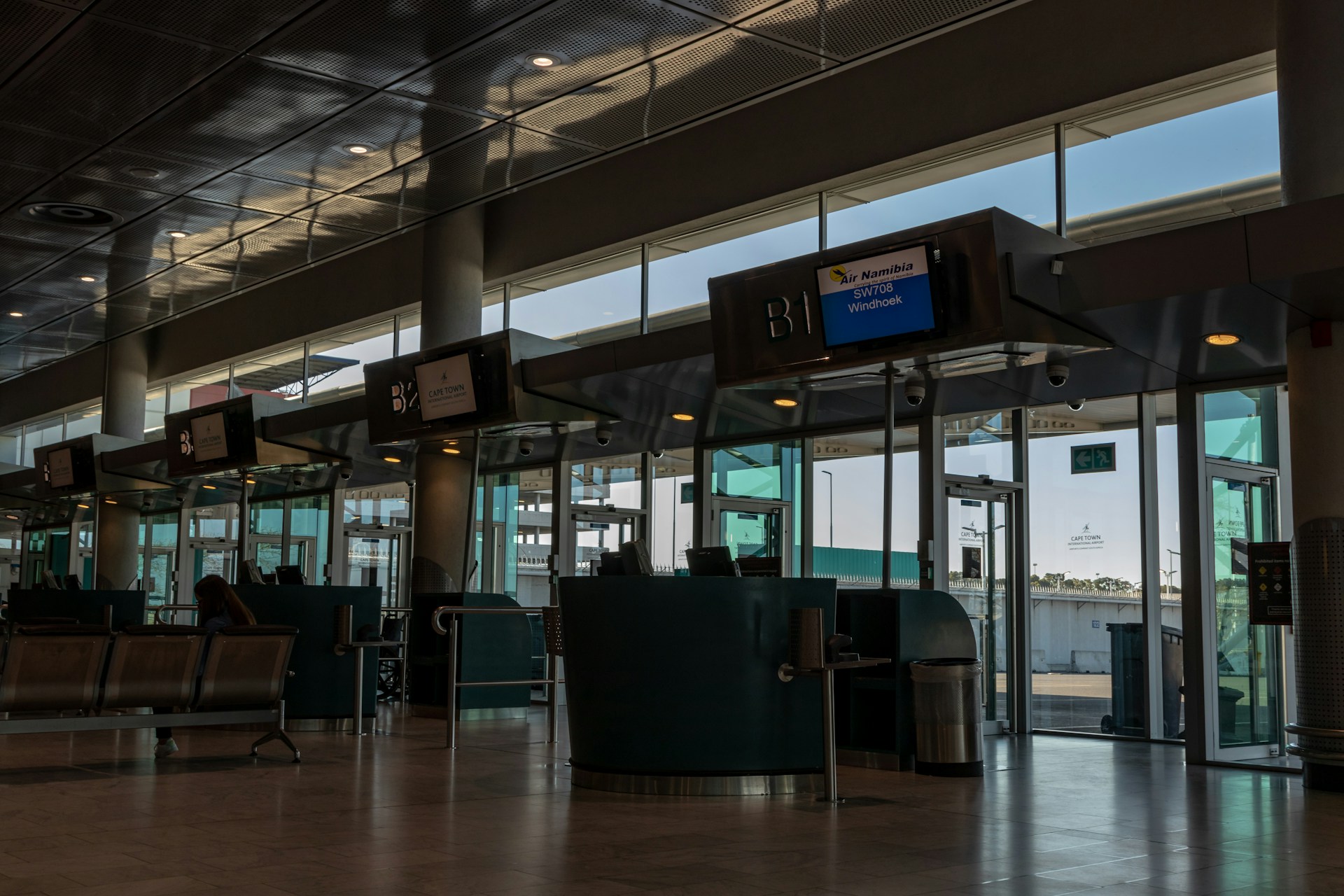October sits between summer crowds and winter crunch, a month when flight prices slide except for a few well known spikes. Canadian Thanksgiving, school breaks, and long weekend events nudge fares in short bursts, then the calendar softens again. Travelers who treat dates and airports as variables, pack light, and use simple tools tend to book calmly and cheaply. Good planning does not require luck, just timing and a steady read of the month. These ideas turn a busy season into an easy departure.
Aim for Off-Peak Days Around Holiday Pockets

Price dips often land on Tuesday, Wednesday, and Saturday when business demand thins and weekend crowds fade. Canadian Thanksgiving falls on the second Monday in Oct., and many schools take short fall breaks, so fares can spike the week around it, then soften right after. Shifting departure or return by one or two days changes totals in a noticeable way, and the calmer travel days bring shorter lines, easier seat maps, and a better chance at on time connections.
Treat Airports as Interchangeable Parts

Major metros often have secondary airports where fees and demand run lower, and that simple swap can cut the fare without hurting schedule. Think EWR instead of JFK, OAK instead of SFO, or BWI instead of DCA, and mirror the same idea on arrival with regional fields closer to family. A broader search radius in both directions uncovers legal routings that price better, and the smaller terminals usually mean faster security, shorter walks, and fewer missed connections when weather nudges the clock.
Use Alerts and Free Holds to Strike at Dips

Fare calendars and price alerts scan quietly while life stays busy, then flag clean drops that match a target month. When a dip appears, a refundable fare or a 24 hour cancel window protects the price while plans get checked with friends and family, and screen shots help if the fare shifts. Award programs add leverage because points tickets often change with fewer penalties, and a quick hold buys time to confirm time off, pet care, and seats that keep a group together without stress.
Pack Light to Unlock the Cheapest Buckets

The lowest buckets on many routes exclude checked bags and sometimes large carry ons, so a compact personal item unlocks fares that vanish when weight rises. If a bag must travel, buying a fare that includes one checked item during booking almost always beats paying at the counter or gate. Light packing also widens the map to cheaper one stop itineraries that would be risky with bulky luggage, and it turns tight turns into simple walks instead of sprints with wobbling wheels.
Consider Positioning Flights to Cheaper Hubs

Some trips price high from a home airport but low from a nearby hub, and a short morning hop can unlock the better fare on the long leg. The math works best on a single reservation within the same alliance, yet separate tickets can still work with a generous buffer, early departures, and travel insurance that covers missed connections. When the savings are large, a small shuttle flight or train ride to the cheaper gateway pays for itself and leaves extra for lodging or meals at the destination.
Mix One-Ways and Open Jaw Itineraries

Round trips are not always the best value. One carrier may own the cheapest outbound while a different airline discounts the return, and building two one way tickets cuts the total without hurting timing. Open jaw plans also help, arriving in one city and leaving from another to avoid backtracking and score a lower fare. The focus stays on total cost and workable schedules, not loyalty that adds dollars without adding comfort or time with the people waiting at the other end.
Time the Purchase Window with Patience

Domestic October trips often price well three to eight weeks out, with small dips as planes fill unevenly. International routes usually need more lead time, and last minute buying inside two weeks tends to punish budgets unless a rare sale appears. Watching fares for a short window, then striking at the first clean drop, balances savings and certainty, and it avoids the trap of chasing a mythical bottom that never arrives until the seats are gone.


